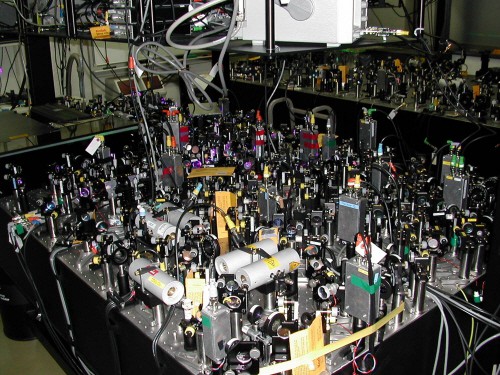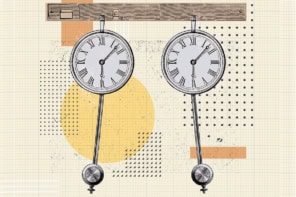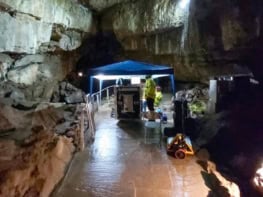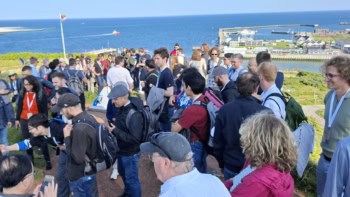A team of physicists in Japan and the UK has demonstrated "quantum telecloning" for the first time. Telecloning, which combines quantum cloning and teleportation into a single step, involves sending quantum information to more than one receiver. The breakthrough was made by Sam Braunstein of the University of York and Akira Furusawa and colleagues at the University of Tokyo and the Japan Science Technology Agency, who successfully sent information about a laser beam to two remote locations in a single step (Phys. Rev. Lett. 96 060504).

Quantum teleportation involves a sender (normally called Alice) transferring information about the quantum state of a particle down a classical channel to a receiver (normally called Bob). This is possible because both Alice and Bob are entangled. Quantum cloning involves making copies or “clones” of quantum states.
Quantum telecloning is basically the same as teleportation, except that the information is sent to more than one receiver, such as Bob and Claire. It involves simultaneously cloning a quantum state and sending to it to an arbitrary number of different destinations.
Teleportation uses ordinary, or bipartite entanglement – that is, information is simply transmitted from one sender to one receiver. However, telecloning must use multipartite entanglement because there is more than one recipient. Multipartite entanglement is a form of entanglement in which stricter correlations are required between the quantum particles or systems.
In the new experiment, Braunstein, Furusawa and colleagues telecloned an entire laser beam. They sent information about the beam’s amplitude and phase to two nearly identical beams at remote locations with 58% accuracy, or fidelity. This is a figure of merit that shows how faithfully the quantum state of the first system has been reproduced in the second system. The maximum theoretical limit in such a system is only 66% because of Heisenberg’s uncertainty principle.
Telecloning represents a new quantum information tool and could be used to build quantum computers and quantum communication networks. “Ultimately any applications will still require a lot of improvement in technology before they come to realisation,” says Braunstein. “Who knows though, maybe in several hundred years we will be able to teleclone ourselves from home and turn up both at the office and on the beach.”


